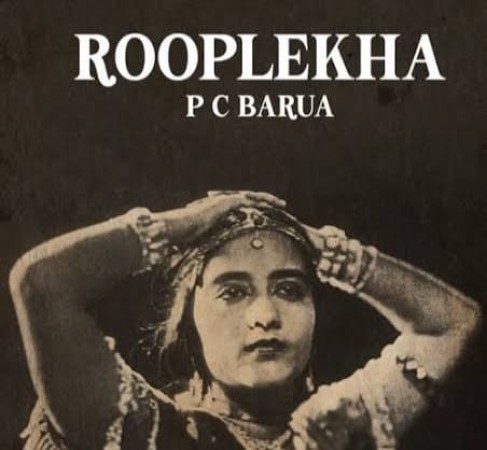
A rich tapestry of ground-breaking inventions that revolutionized screenwriting is woven throughout the history of Indian cinema. P.C. Barua's 1934 movie "Roop Lekha," which broke new ground, is one of these momentous accomplishments. This movie introduced the idea of flashback, a narrative device that would later help to shape the direction of cinematic storytelling, in addition to being a significant turning point for the Indian film industry. In this article, we explore "Roop Lekha's" significant influence, examining how it pioneered the use of flashback and transformed the way stories were told in Indian cinema.
Indian cinema underwent a transformation in the 1930s. A new era of narrative possibilities was beginning to emerge as silent films transitioned into the world of sound. Amidst this setting, P.C. Barua, a renowned actor and director, dared to challenge accepted narrative conventions in "Roop Lekha."
In addition to being a cinematic triumph when it was first released in 1934, "Roop Lekha" also broke with the accepted modes of narrative at the time. The movie's central idea was the introduction of flashbacks, a narrative device that allowed viewers to go back and view earlier instances in a character's life. This ground-breaking method revolutionized the way stories were told on film and set the stage for upcoming directors to explore new areas of storytelling.
In "Roop Lekha," the use of flashbacks changed the game. The protagonist's recollection of her past experiences served as the narrative's foundation and served to transport the audience to earlier stages of the protagonist's life. This novel strategy not only gave the story more nuance and complexity, but it also made viewers feel a stronger emotional connection to the characters and their stories.
In Indian cinema, the debut of flashback in "Roop Lekha" marked a turning point. It proved the medium's ability to move beyond linear storytelling and engage in narrative structure experimentation. The movie's popularity and favorable reviews opened the door for other filmmakers to experiment with storytelling techniques, which ultimately enriched the field of cinema.
Flashbacks were first utilized as a narrative device in Indian cinema with "Roop Lekha" as its cornerstone. Filmmakers in the future incorporated flashback scenes to improve their narratives after being inspired by P.C. Barua's groundbreaking work. Audience reactions to emotionally resonant stories that were enhanced by the layering of past and present were proof positive of the success of this strategy.
As the movie that first used flashbacks, "Roop Lekha" by P.C. Barua has a special place in Indian cinema history. Not only did it usher in a new era of storytelling, but the innovative narrative technique it employed also demonstrated the Indian filmmakers' growing inventiveness at the time. The legacy of the movie serves as a timely reminder of the ability of cinematic innovation to influence the development of an entire sector. The film "Roop Lekha" continues to stand as a testament to P.C. Barua's creative vision and his lasting influence on Indian cinema's storytelling tradition.
The Parallel Tracks That Shaped Bollywood's Melodious Era
How Karz's Musical Hits Became Bollywood Film Title Inspirations